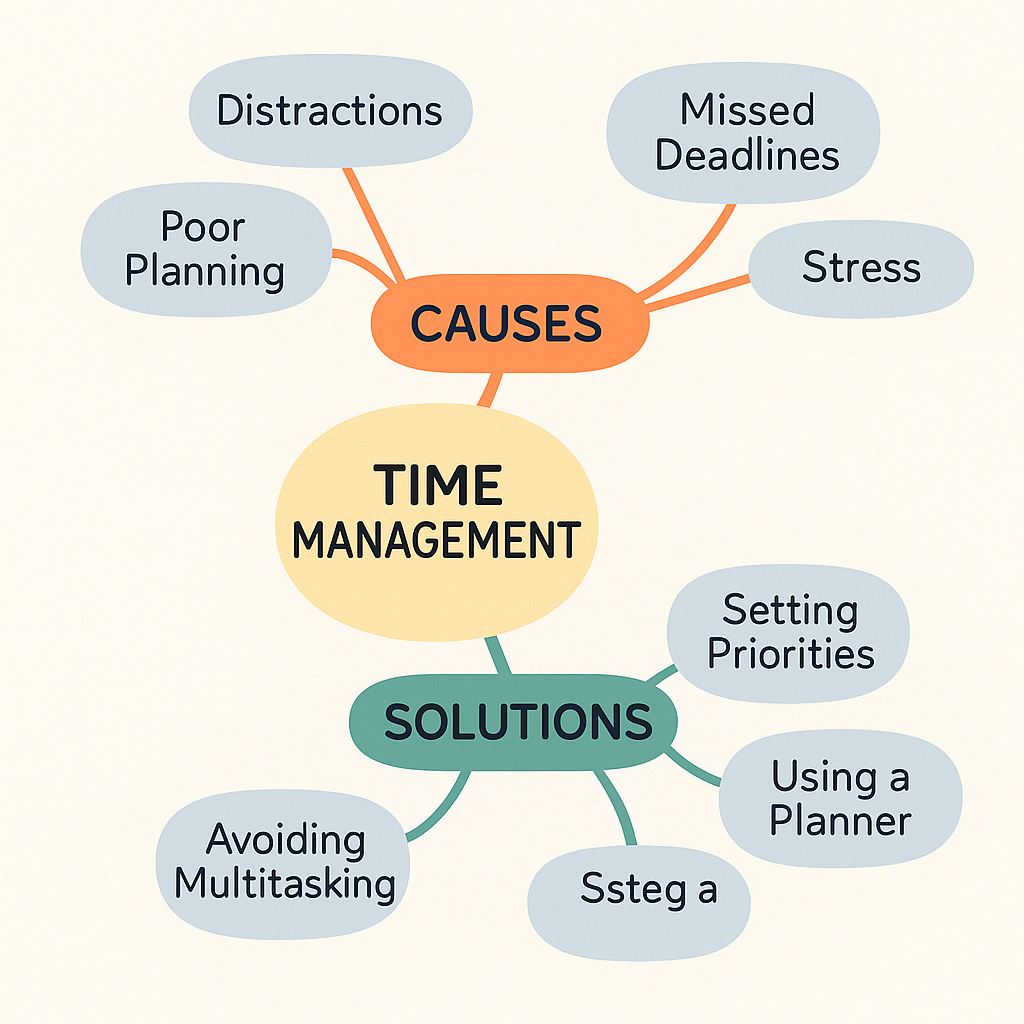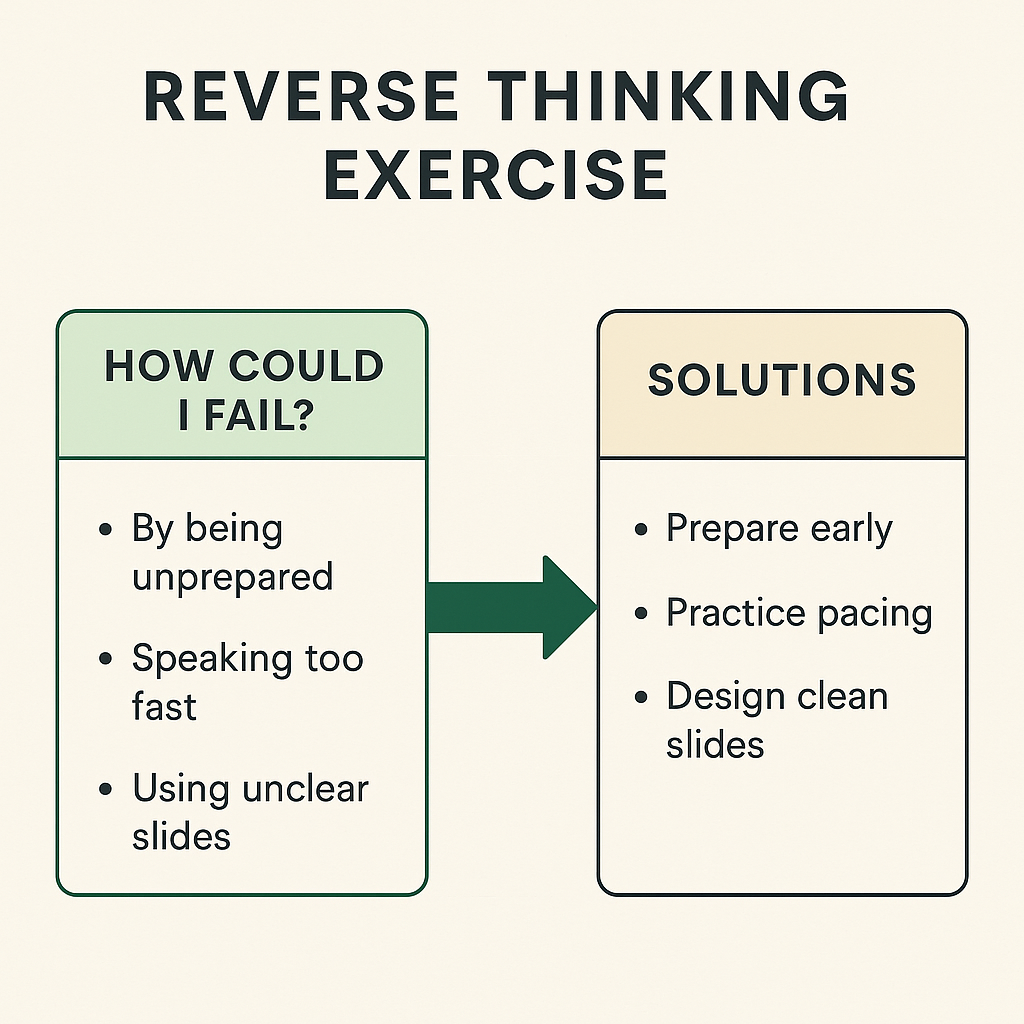Introduction:
Before taking a deep dive into critical thinking exercises, it’s important to first understand the definition of critical thinking and linear thinking. ‘Critical thinking’ is a very common term but is of great importance. Critical thinking is the ability of someone to analyse, evaluate, and synthesise information objectively to form reasoned-base judgements. In contrast, linear thinking is a one-dimensional approach to problem-solving that follows a straight path, applying the same established patterns to different situations.
Research from Harvard Business Review (2019) highlights that regularly practising critical thinking builds stronger problem-solving and decision-making skills. Similarly, a study by Facione (2011) in “Critical Thinking: What It Is and Why It Counts” emphasises that critical thinking is essential for success in both personal and professional life because it allows people to question assumptions and adapt to complex challenges.
Let’s further explain the concept of critical thinking with simple examples.
If a child comes home with poor marks. A linear thinker will scold the child and demand good grades by giving simple logic that “study more=better grades”. On the other hand, a critical thinker, instead of reacting, will try to figure out the reason for poor marks and find a solution based on strong reasoning. So, if you want to enhance your decision-making, strengthen your reasoning, and boost your brainpower. Practising these critical thinking exercises will be highly beneficial.
Why Critical Thinking Exercises Matter
Critical thinking doesn’t mean that you start doubting or overthinking about everything in your life. Critical thinking just demands reasons and logic before decision-making. For example, imagine you’re going to buy a new laptop. If you are a linear thinker, then you will buy the laptop just considering your budget and the outer look of the laptop. But if you are a critical thinker, you will compare brands, read reviews, check warranty details, and even ask, “Do I really need this right now?” This way, you can make a smarter choice by using critical thinking. Just like exercising keeps your body strong. Similarly, practising critical thinking keeps your brain sharp.
Let’s take another example about a workplace situation. If a project is not finished in time, a linear thinker may keep following the original plan step by step. However, a critical thinker will stop for a while and try to find reasons for delay and adjust the plan accordingly for a better outcome.
A study from Stanford University found that students who practise critical thinking have 30% better problem-solving skills as compared to those who don’t. Whether you’re a student, professional, or entrepreneur, practising these exercises can help you:
- Make better decisions
- Improve problem-solving
- Enhance creativity
- Strengthen communication skills
1. The “Five Whys” Technique
“Five whys” is a simple but highly effective critical thinking exercise. Whenever you come across a problematic situation, instead of starting to worry, ask “Why?” at least five times until you figure out the reason for the prevailing problem.
Example:
- Problem: “I missed my project deadline.”
- Why? → Because I started late.
- Why? → Because I underestimated the workload.
- Why? → Because I didn’t break the project into smaller tasks.
- Why? → Because I didn’t plan properly.
- Why? → Because I didn’t set aside dedicated time for planning.
This practice will not only help to find the root cause of the problem but also resolve the problem effectively.
2. Compare Multiple Perspectives
Critical thinking urges us to see a situation from different angles. Instead of just focusing on one solution or opinion, critical thinking considers different viewpoints. Let’s explain it by taking the example of the current issue of climate change. Critical thinkers will think broadly and highlight how different perspectives like science, socialism and economics are impacting climate change; this practice not only reduces narrow thinking but also helps you to conclude things with solid reasoning.
For example, imagine a workplace conflict. An employee feels that his manager is being unfair. A linear thinker might only see it from the employee’s point of view. But a critical thinker will step back and compare multiple perspectives: the employee’s feelings, the manager’s expectations, and even the company’s policies. By doing this, anyone can form a fairer and more balanced judgement.
3. Socratic Questioning
Socrates was a famous Greek philosopher. He not only gave new ideology to philosophy but also changed the centuries-old beliefs of Greece’s people. The Socratic method involves asking deeper, open-ended questions. Instead of blindly accepting predefined beliefs and information, challenge them by asking multiple questions, which led to more refined knowledge and understanding of reality.
Example Questions:
- What evidence supports this?
- Are there alternative explanations?
- What happens if this assumption is false?
- How does this impact others?
By practising this, you learn to separate facts from beliefs and improve logical reasoning.
4. Mind Mapping for Problem-Solving
Mind mapping is like creating a roadmap for your brain. Mind mapping helps you to visually draw a layout of your problem, its causes and possible solutions on one page. This visual layout makes it much easier to spot connections and patterns that you might miss if you only think in a straight, step-by-step way. So, mind mapping makes it easy to turn failure into opportunity. It doesn’t only sharpen your decision-making but also improves problem-solving skills.
For example, if “Time Management” is your central issue, then start with the issue in the middle of a page; from there, draw branches for different areas like causes (e.g., distractions, poor planning), consequences (e.g., stress, missed deadlines), and possible solutions (e.g., setting priorities, using a planner, avoiding multitasking).
In short, mind mapping creates a roadmap for your brain. It helps you to figure out the real issue, possible reasons for the issue, and the different paths you can take to solve it.

5. Reverse Thinking Exercise
Mostly we think, “How can I succeed?” But in a reverse thinking exercise, we ask ourselves, “How could I fail?” This method helps us to uncover the hidden problems. Let’s discuss how this exercise works:
For example, if you are preparing for a presentation, instead of thinking about how to perform well, ask yourself:
- How could I fail? (By being unprepared, speaking too fast, or using messy slides.)
- Then flip those into solutions: (Prepare early, practise pacing, design simple slides.)
So, reverse thinking also makes you emotionally intelligent by looking at problems through a “failure lens”. By this practice you can fix problems before they appear and ultimately turn failures into a success plan. It’s a smart way to build confidence and avoid sudden shocks.

6. Daily Reflection Journal
A daily reflection journal is a very simple critical thinking exercise. At the end of the day, you sit alone and seek answers to three simple questions. Simply, it’s a self-evaluation process which not only improves decision-making but also improves problem-solving skills. For example,
- What decision did I make today?
Think about even small decisions you made. For example. If you decided to switch off your mobile for one hour to focus on study. Small but highly effective decision. - What evidence supported it?
Ask yourself why you made that choice. Was it based on solid reasoning, advice from someone, past experience, or just a feeling? - What could I have done differently?
Look back and see if there was a better option. This isn’t to criticise yourself but to spot areas where you can grow.
When you repeat this practice daily, it not only helps you to take quick decisions but also makes you self-aware.
7. Debate and Defend
Pick any topic and try to argue both in favour of and against it. For example: “Should I limit the use of social media?”
- Argue in favour of the idea: This practice will help me to avoid distractions, improve focus and save me from mental health issues.
- Argue against the idea: It will not only disconnect me from the world but also limit my exposure to current affairs and the latest technologies.
By practising this exercise, you train yourself to see different perspectives instead of sticking to one point. You start thinking logically and critically while building strong reasons for each side.
Final Thought
Boosting your brainpower doesn’t require expensive tools, it only requires consistent practice of critical thinking exercises. By questioning assumptions, exploring multiple viewpoints, and reflecting on your choices, you can transform the way you think, decide, and act. Remember, a sharper mind leads to smarter decisions, stronger confidence, and long-term success.
References
https://www.sheatcollege.com/critical-thinking-exercises-boost-your-brain-power
https://www.indeed.com/career-advice/career-development/critical-thinking-exercises
https://www.magneticmemorymethod.com/critical-thinking-exercises/
FAQs
How can I increase my brain power in 7 minutes?
Physical exercise or dance and mindfulness practices including deep breathing and meditation can enhance brain power for 7 minutes by reducing stress and improving focus. Short mental exercises that vary between playing challenging games and learning new hobbies will enhance your cognitive abilities and creativity.
How to increase brain power 100 percent?
Exercise promotes blood flow to the brain which leads to higher delivery of oxygen and fuel and nutrients for the active neurons. Studies demonstrate that physical activity boosts the production of brain-derived neurotrophic factor (BDNF) which promotes neuron growth and communication and survival.


